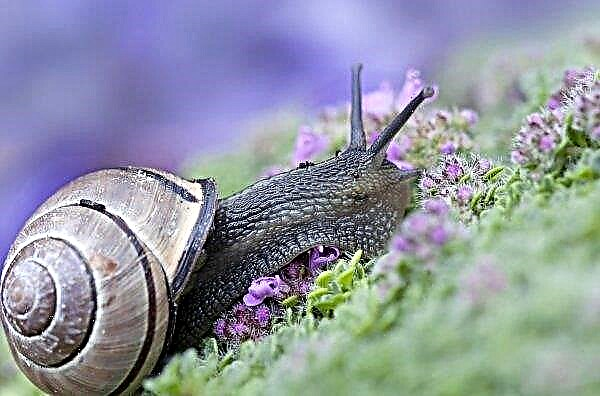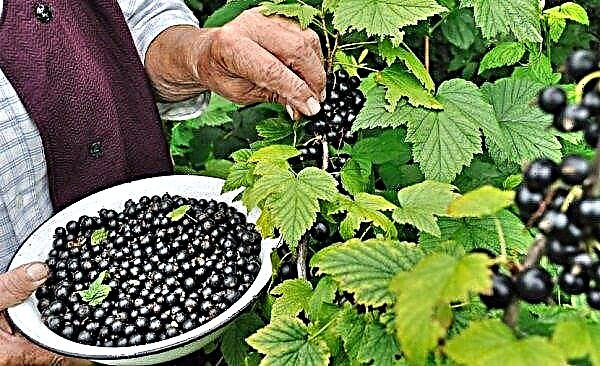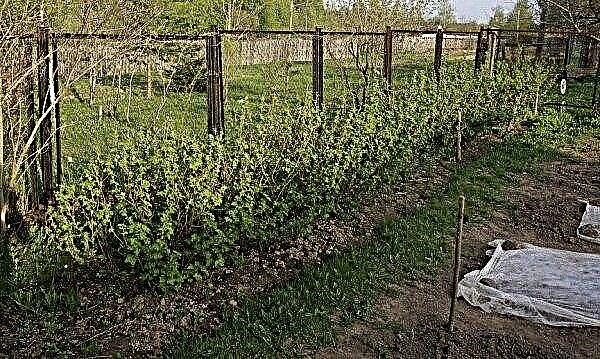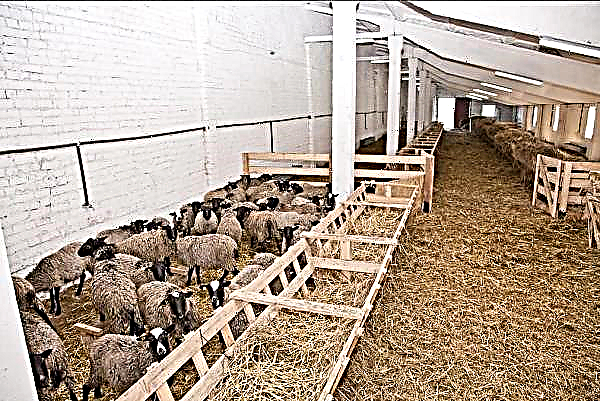Gladiolus Heir to the Oscars attracts the attention of not only experienced gardeners, but also amateurs. This flower will help you create original compositions in combination with other plants and shrubs. In this article you will read the description of the variety and learn how to properly care for it so that it delights with its beauty and flowering for a long time.
Botanical Description
Perennial tuber-bulb plant, reaching a height of 120-150 cm. Tall, slender, with narrow, xiphoid leaves that strengthen the stem elegantly encircling it at the base. A distinctive feature of the variety is a spike-shaped inflorescence, decorated with 20-24 buds, of which at least 10 are open at the same time.

Large flowers are branded bright red with dense velvety, moderately corrugated petals and recognizable marbling in the central part.Of course, the characteristics of the Oscars, like any flower, are very dependent on the region, soil quality and care. But in the official register, the authors described this variety in detail. If all the requirements are met, you will get plants that in their appearance cannot be confused with others.
The use of flower in landscape design
A stately Oscar draws attention to itself in every flower garden, on any flower bed. It is especially good, planted with a group of 12-15 plants and tinted by its low relatives, varieties and hybrids of a less bright color: white, pink and other delicate shades. In addition, this particular hybrid is very moody in the choice of neighbors.

Oscar inflorescences look great in the front gardens and near the entrance groups. They can be an excellent decoration for a small undersized lawn, sitting in the background. They cannot stand the proximity of any taller plant, shrub, or fruit tree. And yet, the main purpose of the chic, rich in color and green Oscar is festive bouquets and decorative floral arrangements in the interior. It should be cut in the morning or in the evening, before sunrise or after sunset.
Important! It is preferable to plant gladiolus with dahlias, choosing their undersized varieties so that they do not interrupt each other. Planting must be organized in groups in order to achieve bright flowering.
Landing and care
First of all, it is necessary to determine the place of landing, since it is the Heir to the Oscars, due to their growth and long uniform flowering, they are very demanding on lighting and protection from the wind, which easily disfigures or even breaks a slender, very tall stalk.
The soil needs slightly acidic, sufficiently drained, loamy or sandy loam. The difficulty is that, like all onions, Oscar does not tolerate any stagnation of moisture, but because of its growth and large green mass, it needs a constant deep strait, at least once a week, especially in dry weather.

Mulching is an essential part of care. As soon as the first shoots appear, immediately process the alleged circle around the stem, or maybe the entire planted area, with peat, bark or dry needles. Chips are not desirable. High-quality mulching can free you from frequent loosening, but 2-3 times during the summer a slight surface digging of the earth will still be appropriate. Especially if you combine this procedure with the introduction of mineral fertilizers.
Important! The gladiolus flowers and bulbs are used in cooking, as they have antimicrobial and anti-inflammatory effects. Grind the onions, add wheat flour and bake flat cakes, and use the flowers as decorations, prepare salads and first courses.
They are planted in April-May, making allowance for the region. The material is placed in moistened soil to a depth of 10-12 cm, observing a distance of 10-15 cm. Since the variety is known for its uniform and long flowering, it makes no sense to break the planting in time, as is done with other species. But if you want to make an elegant frame for the main flower, then you need to plant the rest after a week or two. So you will achieve a gradual blooming of flowers.

Now you know how to choose the gladiolus bulbs correctly, so that the flower is healthy and bright. They are widely used in landscape design due to their variegated shade and original bud structure. In addition, adhering to the rules of caring for the plant, you will get a real highlight of your garden plot.












